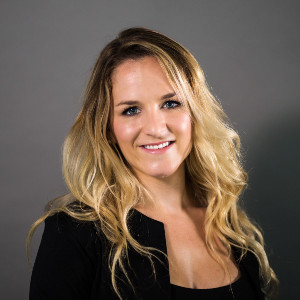Shouldn't the steady state after 5 years regarding the investment wine be at 432 bottles?
In Year 5 I will have 552 bottles. Going to year 6 i will sell the initial 192 bottles and buy another 72 bottles. So the difference would be 432. From year 6 on I will always sell and buy 72 bottles a year so the investment wine reaches a steady state.
It seems like the solution has forgotten to account for the wine bought in year 6? Or am I mistaken?











